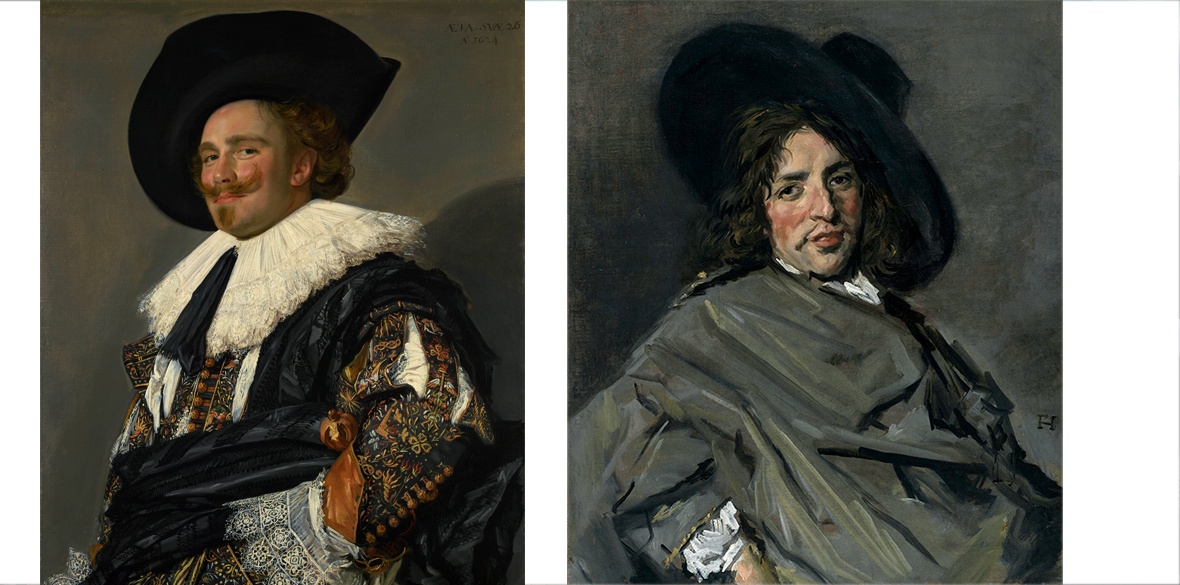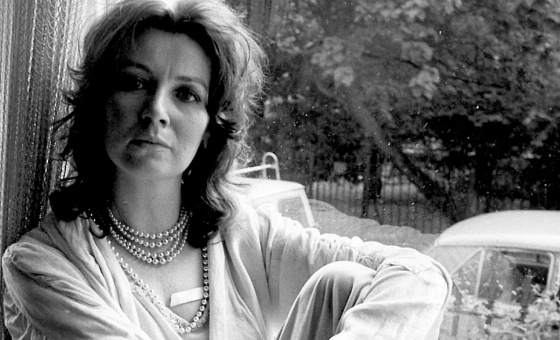This is the last article you can read this month
You can read more article this month
You can read more articles this month
Sorry your limit is up for this month
Reset on:
Please help support the Morning Star by subscribing here
Frans Hals: The Male Portrait
The Wallace Collection, London
FEW paintings have achieved the ubiquitous status of Frans Hals’s The Laughing Cavalier. Painted four centuries ago in 1624, the portrait was first given this title in1888 and this has stuck ever since — despite the fact that the cavalier does not laugh but only hints at a smile or perhaps a smirk.
Although the sitter’s identity has long been lost to time the richness and high quality of his clothes show his wealth and social importance. It is highly likely that he was a merchant in textiles and that the detailed depiction of the intricate layered lace of his wide, white collar and cuffs, and the profuse embroidery on his velvet jacket advertised his trade and professional success.
It was one of numerous portraits of themselves commissioned by the wealthy middle class, which held a unique importance in 17th-century Holland. While most of Europe was still dominated by monarchy and clergy, the Dutch mercantile republic was ruled by a powerful middle class which asserted its social dominance partly through the ownership of works of art.
The dissolution of the medieval guilds led to an unregulated, anarchic art market in which most artists including Frans Hals (c.1582/3-1666) survived economically as best they could. Lurching from commission to commission from which to feed himself, his wife and their eight children, Hals built a moderately successful but insecure career by painting portraits of this new ruling class.
Dominated by male merchants, this class commissioned mostly portraits of themselves and sometimes companion portraits of their wives. Adorned in their best finery for the sittings, they returned the painter’s gaze (and so the viewer’s) with the confident, self-satisfied look of financially successful businessmen.
Most sitters including The Laughing Cavalier exemplify pride in the economic and political independence achieved by a nation recently emancipated from the political and religious dominance of the Catholic Hapsburg empire.
The painting’s composition conveys the cavalier’s dynamism. Rather than facing the viewer directly, he poses diagonally and slightly turns his head to imply movement. Hand on hip he asserts his presence while his bent elbow also shows off his jacket’s astonishing craftsmanship.
The restricted palette of gold, amber, white and black adds discipline to the composition and a suggestion of space is created by the shadow behind him.
A young man, he wears his flamboyant hat at a dangerously jaunty angle while his carefully tended goatee and extravagantly twirled moustache display his expensive barber’s time-consuming expertise.
The angle of his elbow forms a triangle which echoes that of his hat in the painting’s opposite corner. The virtuoso handling of fine brushwork and tonal gradation render differing surface textures, from the face’s smooth skin to the bumpiness of the jacket’s raised embroidery to the delicacy of fine lace.
Yet this is a young man’s work — dazzlingly accomplished, full of promise but lacking the emotional depth or the abandoned bravura of Hals’s later, swashbuckling brushwork as in the portrait of Jasper Schade Van Westrum, c. 1645.
The face is depicted with traditional realist restraint, but Hals lets rip by painting the sheen on the jacket with flamboyant dashes, zig-zags and squiggles which far surpass their descriptive role. In his late work Hals allowed such uninhibited brushwork to take over entire portraits as in the exhibition’s Portrait of a Man, 1660-6.
In 1865 the Wallace Collection’s principal founder, the 4th Marquess of Hertford, outbid Baron James Rothschild for Hals’s painting by paying six times the estimated asking price. The publicity generated brought the painting immediate fame. Yet that the sitter’s identity was already long lost to time shows that Hals only achieved a moderately successful reputation in his own lifetime. His wife Lysbeth Reyniers, who outlived him by almost a decade, died poverty stricken.
In the 17th century Dutch art was overshadowed by Italian, French and Spanish art and it only achieved international importance in the mid-19th century when it was initially admired by Edouard Manet who travelled to Holland to see Hals’s broadly brushed works.
Manet and other artists also admired Dutch 17th-century art for its abundant portrayals of contemporary life, a genre which had hitherto lingered near the bottom of an academic hierarchy at whose pinnacle were Italian and French classical styles and religious, mythological or philosophical subjects.
The late 19th century reappraisal of Hals formed part of the democratisation of art which accompanied social and political struggles. As a staunchly radical Republican, Manet would be pleased that Hals’s paintings are still relevant today.
That The Laughing Cavalier still appears on pub signs and in advertisements testifies to the painting’s lasting popularity. Containing about a dozen male portraits spanning Hals’s long working life, the exhibition offers a rare opportunity to enjoy these works gathered in one place.
Ends January 30 2022. Exhibition tickets tel: +44 (0) 207 563 9539.











